The once-in-a-lifetime wedding photography
combines with the Japanese wedding tradition and beauty experience
wear the most traditional and luxurious wedding kimono in Japan to retain the most important moments in life!

Original price 239,800yen

Original price 206,800yen
God of beggar
Empress Saga of the Emperor Saga in the Heian period, Kachiko Tachibana was prayed to the gods for babys from the Umenomiya Shrine. In addition, because of the worship of the god of wine making, it has become the center of faith for winemakers throughout the country.
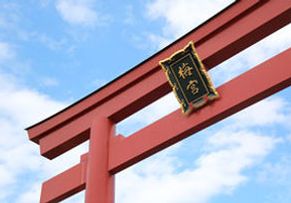
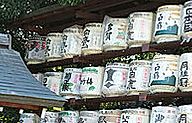
Umenomiya Shrine is widely known for its plum blossoms, and the vast and peaceful shrine, in addition to plum blossoms, of course, also have other flowers that represent the four seasons. Cherry blossoms, azaleas, duru, calamus, hydrangea, and camellia bloom in accordance with the change of seasons. Different styles in different seasons.
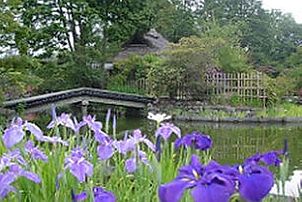
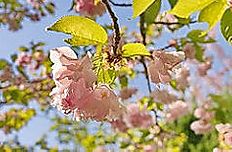

Before entering the sacred place, everyone needs to wash hands and mouth ritual.
It means that the body and mind return to the festival in a clean state. After washing, wipe off the moisture with paper towels.

The clergy will lead into the temple. The bride in kimono can move slowly.
After entering the shrine, the bride’s seat is on the right hand side facing the gods and the bride’s seat on the left hand side.

The ceremony before the wedding ceremony. A ritual to cleanse the body and mind and sacrifices of all the people in the temple.
The magical tool used by the priests is called Haraigushi.
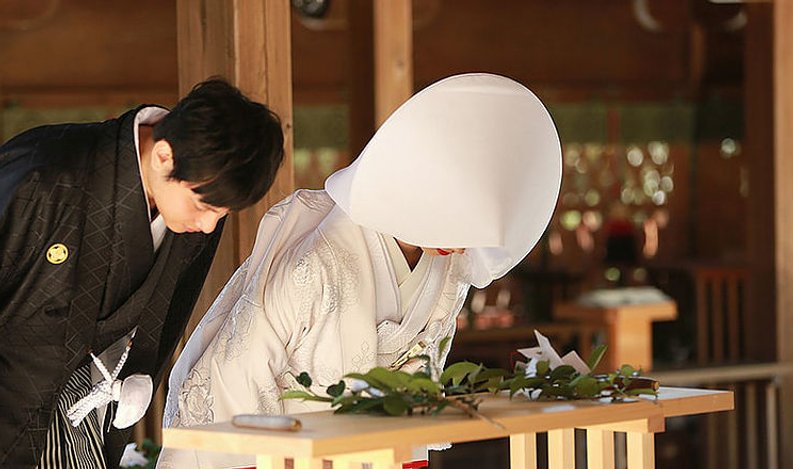
At the beginning of the wedding ceremony, the clergy will inform the new couple of the relevant procedures and regulations of the ceremony.
After the completion, the priest led a prayer to the gods, which also symbolized the hello ceremony.
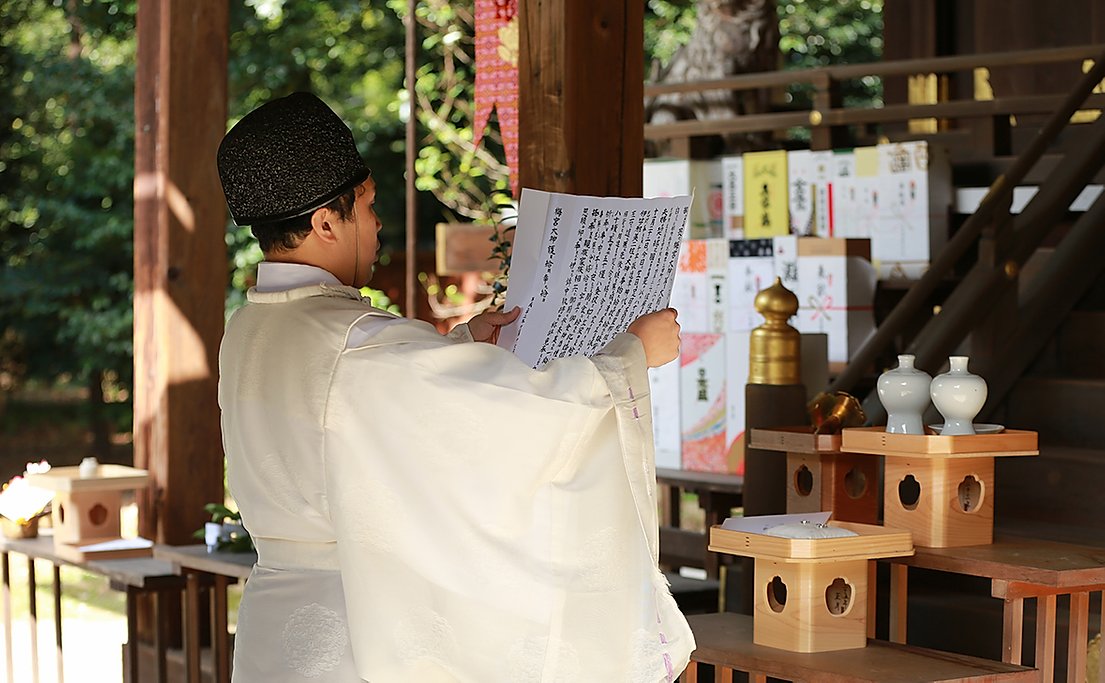
In the “Congratulations”, the two will tell their wishes to marry and pass them on to the gods through the clergy.
Japan has such a saying as “words”, which means that the clergyman uses the power of language to inform the gods of their wish to marry and pray for happiness.
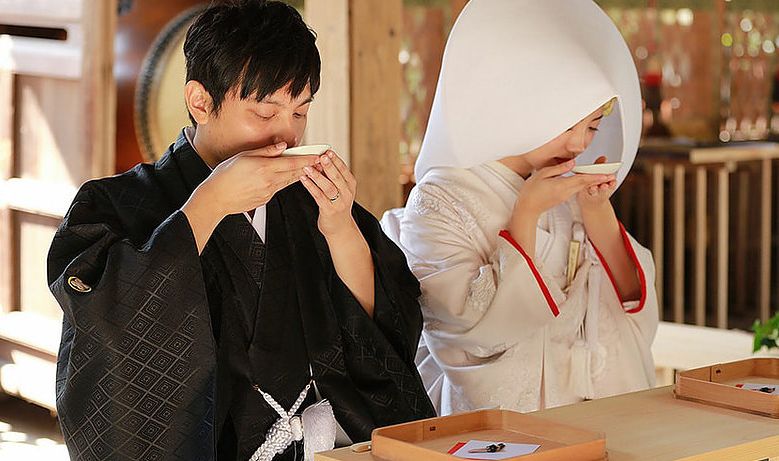
San San Kudo represents the ceremony that the couple will start from the heart from now on, just like signing a marriage certificate,
Drinking wine together in front of the gods, the soul and soul of the two will also combine with each other.
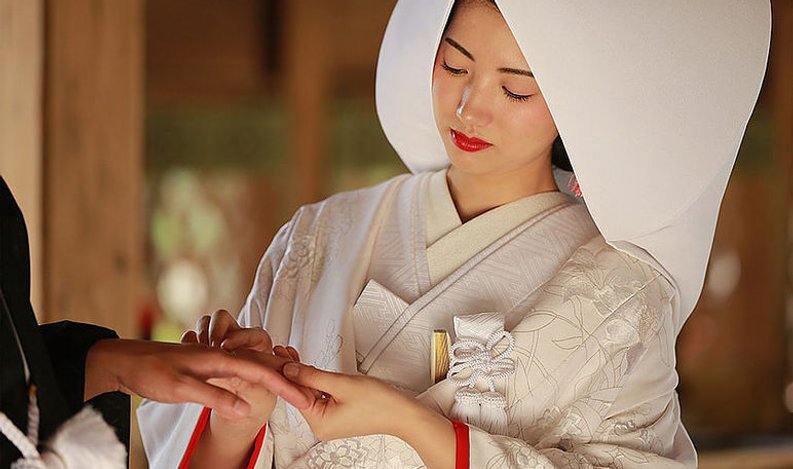
There was no such ceremony before, because there were more people who wanted to exchange rings.
This ceremony was added to the process from the 30th year of Showa (1955).
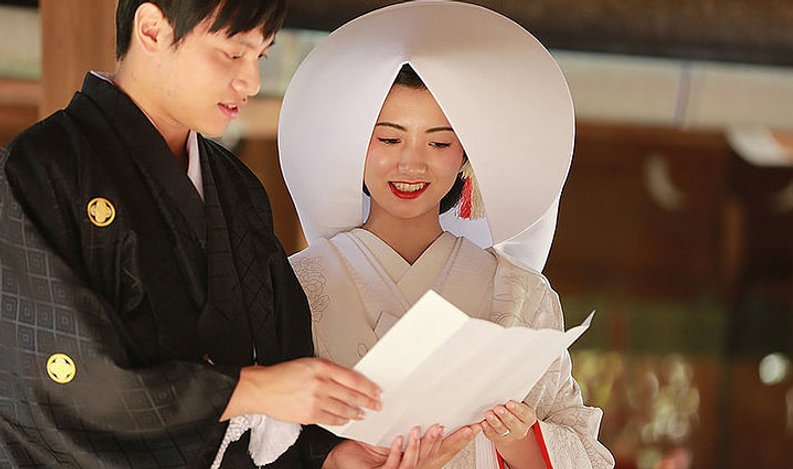
After the cleric reported to the gods the marriage of the two,
Report to the gods their determination to marry. Communicate the minds of the two to the gods from the heart!
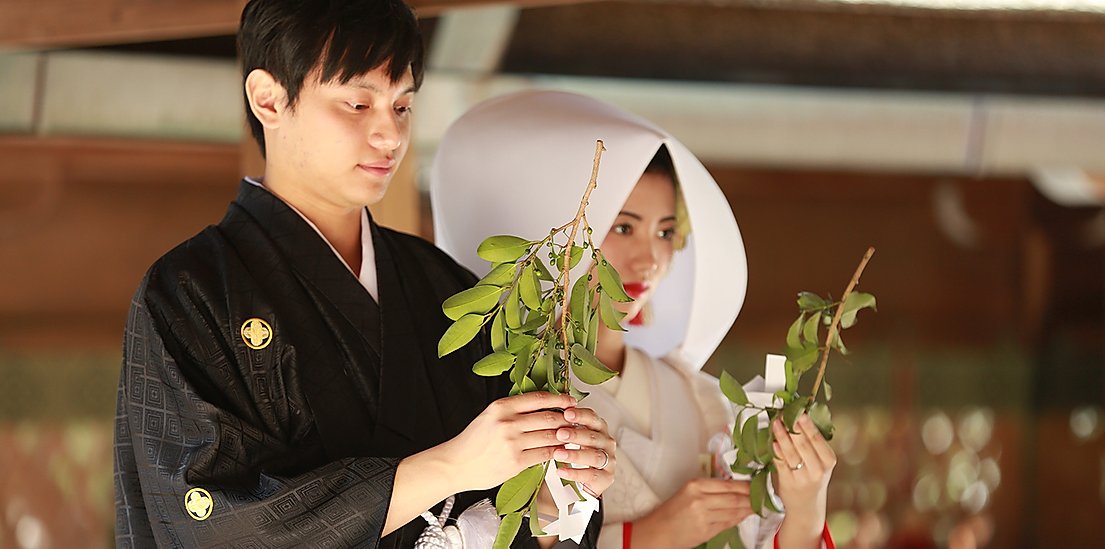
Offer a jade string to the god, make an oath to the god again, and then perform “two rites, two claps and one rite”.
This is derived from the old custom of greeting the respected elders.
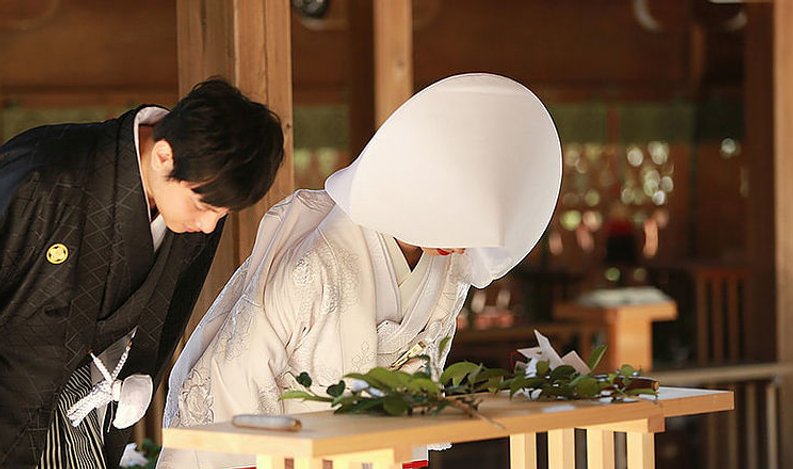
At the end of the ceremony, the gods were told “Thank you for your blessing today”.
The ceremony also ended.